Welcome to the wild world of animals who hunt for sport, a fascinating realm where nature’s most cunning creatures showcase their skills not just for survival, but for sheer enjoyment. While you might think of humans as the primary species engaging in leisure pursuits, the animal kingdom has its avant-garde lineup of recreational hunters. These creatures don’t just hunt to appease hunger; they do it because they can, and sometimes, simply because it’s fun.
1. Coyotes
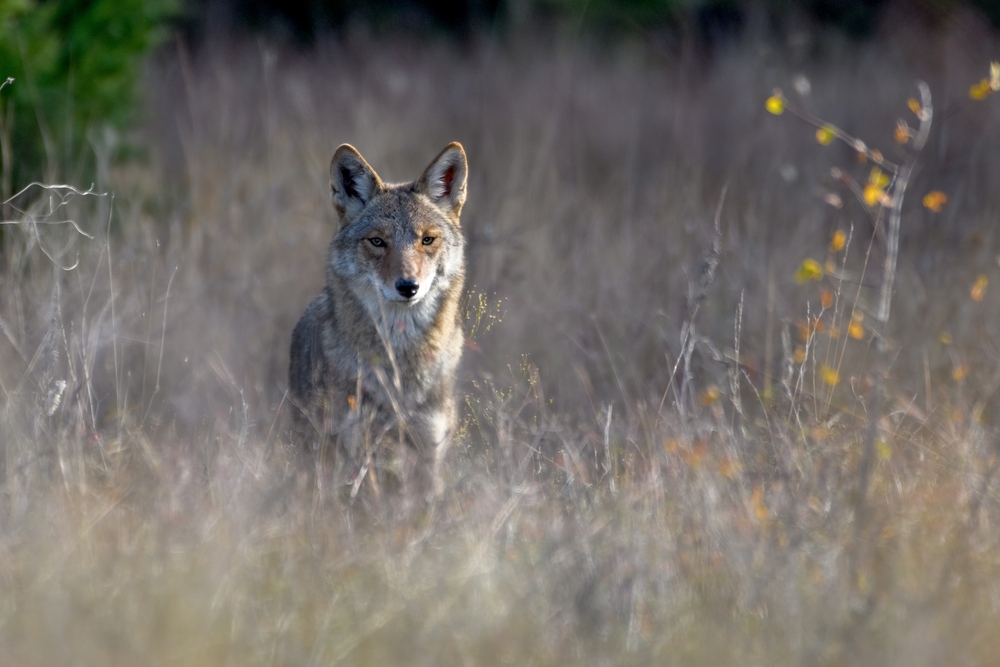
Coyotes are highly adaptable animals, known for their intelligence and resourcefulness. Their hunting techniques are diverse and often involve strategies that seem playful. While their primary goal is to secure food, coyotes sometimes engage in hunts that appear to be more about the thrill of the chase.
Young coyotes often practice their hunting skills through play, mimicking the actions needed for successful captures. These activities help them develop the agility and cunning required to outsmart prey. For coyotes, hunting is a blend of survival instincts and enjoyment, where every pursuit is as much about refining skills as it is about sustenance. It’s this adaptability and playful spirit that makes them such successful hunters.
2. Orcas

Orcas, or killer whales, are apex predators, and their hunting techniques are both brutal and fascinating. Often referred to as the wolves of the sea, they hunt in packs and use sophisticated methods to outsmart their prey. National Geographic describes instances where orcas have been seen flipping seals into the air, not as a necessity, but seemingly for fun.
Their black-and-white coloration is iconic, but it’s their intelligence and social structure that truly set them apart. Orcas share knowledge across generations, passing down hunting techniques like a legacy. They even appear to practice hunting with their young, honing skills more advanced than what they might require merely for sustenance. It’s a testament to their complexity and the thrill they find in the hunt.
3. Cats
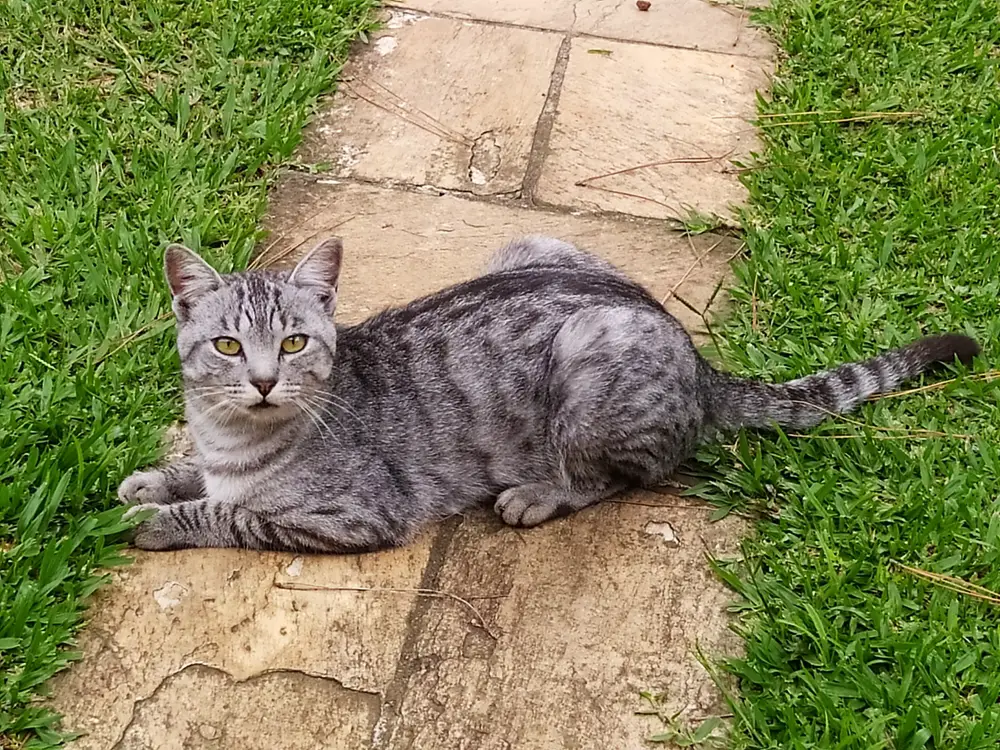
Anyone who owns a cat knows that hunting is in their DNA. Even when well-fed, domestic cats will stalk, capture, and play with their prey, often letting it go only to catch it again. This behavior is deeply ingrained, a reflection of their wild ancestry. This instinctual play-hunting helps sharpen their skills and provides mental stimulation, according to Scientific American.
Cats might pounce on a toy or a shadow, engaging in a one-sided game of predator and prey. This isn’t just play for them — it’s practice. By refining their skills, they ensure they’re always ready to capture what they need, even if fluffy balls and laser pointers are the closest they ever get to real prey. To a cat, every play is a rehearsal for survival.
4. Wolves
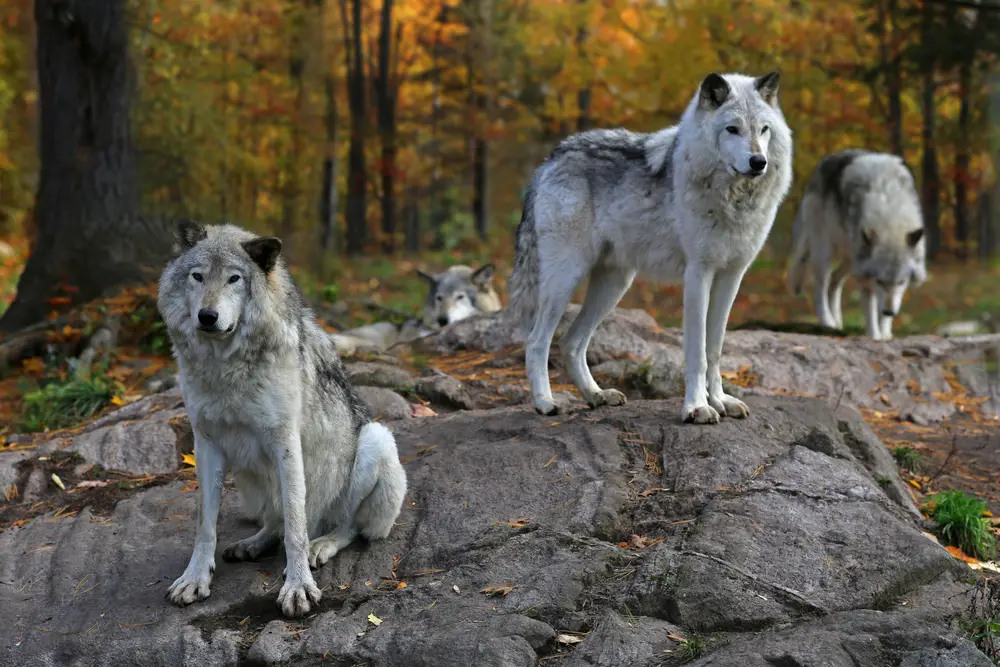
Wolves are the epitome of collaborative hunters, with each member of the pack playing a crucial role in the hunt. Yet these majestic creatures also exhibit behaviors that suggest hunting is more than just a means to an end. Wolves have been observed engaging in what seems like playful behavior with their prey, a testament to their complex social structure.
In the wild, wolves rely on their pack to teach younger members effective hunting techniques. This involves not just the practical aspects but also the enjoyment and bonding that come with a successful capture. The thrill of the chase and the satisfaction of a perfect hunt are deeply embedded in their instincts. For wolves, the hunt is as much about family as it is about food.
5. Foxes

Foxes are known for their cunning nature and elegant hunting techniques. Their playful demeanor isn’t just for show; they often engage in hunting activities that seem more like a sport than a means of sustenance. The Royal Society published findings suggesting that foxes exhibit behaviors like jumping and pouncing, which are essential for hunting in the wild, yet often seem like games.
These behaviors are particularly evident during the winter months when foxes hunt beneath the snow. Their iconic leap into the air and subsequent dive is a precise blend of skill and instinct. While catching a meal is the ultimate goal, the process itself is imbued with an element of play that sharpens their senses. It’s an exhilarating dance between predator and prey, where each move is both practice and performance.
6. Lions
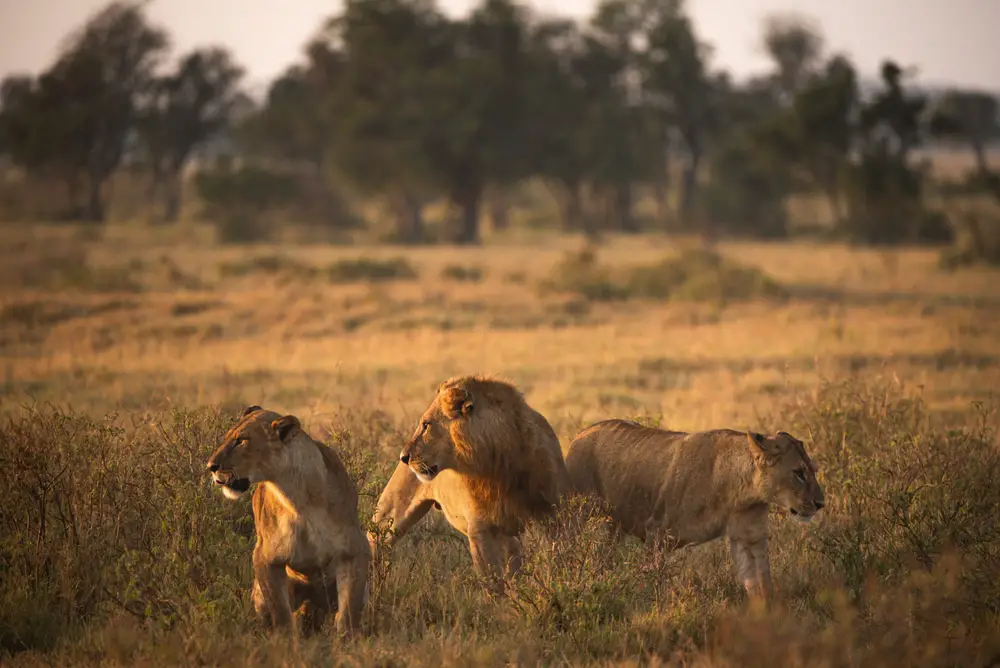
Lions, often referred to as the kings of the jungle, are renowned for their majestic presence and formidable hunting skills. While their primary goal is to feed their pride, they sometimes engage in hunting behaviors that suggest a zest for the chase itself. Observing a pride of lions at work is like watching a well-coordinated ballet, where each lion plays a strategic role.
This degree of coordination requires practice, and what better way than through hunting? Young lions often engage in playful chases and mock hunts with their siblings, perfecting their strike and pounce. Although the ultimate objective is to secure a meal, the hunt is as much about honing skills and social interaction. It’s this blend of necessity and sport that defines their regal nature.
7. Cheetahs
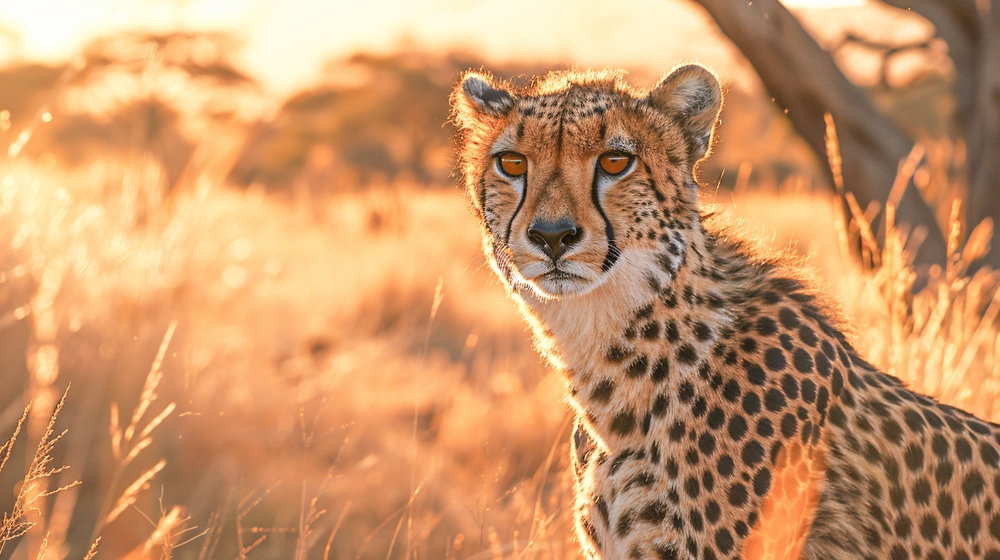
Cheetahs are the speedsters of the animal kingdom, with a hunting prowess that’s both impressive and awe-inspiring. Known for their breathtaking sprints, these big cats sometimes exhibit behaviors that seem to go beyond mere necessity. While the main aim is to catch prey, the chase itself often looks like an athletic display of grace and agility.
Young cheetahs, in particular, engage in play that mimics hunting, a critical part of their development. They practice stalking and sprinting, learning to master the art of speed and surprise. This playful training is essential for their survival, but it also appears to be a game they enjoy. The thrill of the chase is deeply embedded in their DNA, making every hunt a blend of sport and survival.
8. Bald Eagles
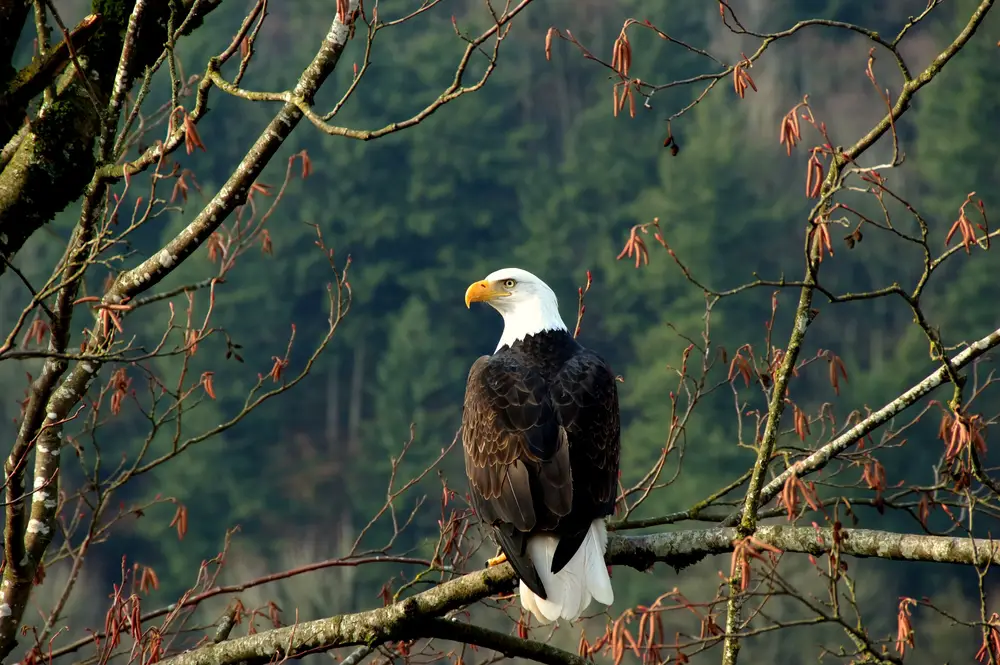
Bald eagles are not just symbols of freedom and strength; they’re also adept hunters with a flair for the dramatic. These birds of prey are known to swoop down with incredible speed and precision to capture fish, a sight that’s both powerful and graceful. On occasion, their hunting dives are more about practice and showing off their skills rather than catching a meal.
Juvenile bald eagles are particularly inclined to engage in playful pursuits, learning through trial and error how to perfect their technique. This type of play is vital for developing the necessary skills to hunt successfully in adulthood. While the end goal is always sustenance, the process of getting there is filled with moments of sheer enjoyment. It’s a testament to their majesty and mastery of the skies.
9. Hyenas
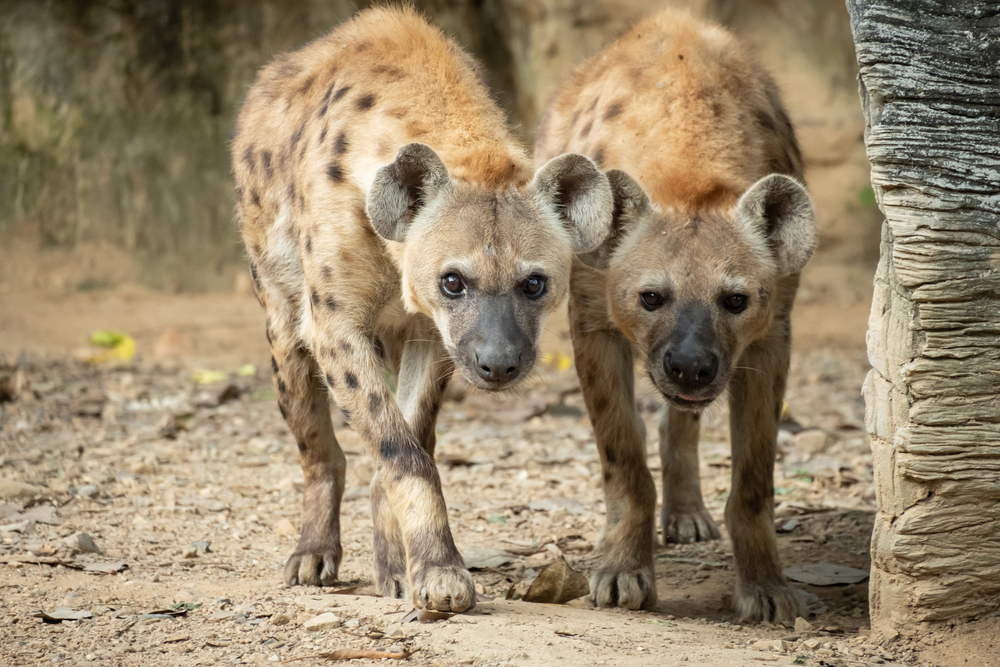
Hyenas are often misunderstood creatures, relegated to the role of scavengers, but they are, in fact, skilled hunters in their own right. Their hunting techniques are highly strategic, often involving group tactics that are both efficient and highly coordinated. While primarily focused on providing for the clan, hyenas sometimes engage in hunting that appears recreational.
Young hyenas are known to playfully stalk and pounce on each other, mimicking the actions needed to bring down prey. These activities are not just for fun; they’re essential for learning the ropes of pack hunting. The line between play and proficiency blurs, with each playful encounter honing the skills necessary for real hunts. In the world of hyenas, every successful hunt has an element of sport.
10. Leopards
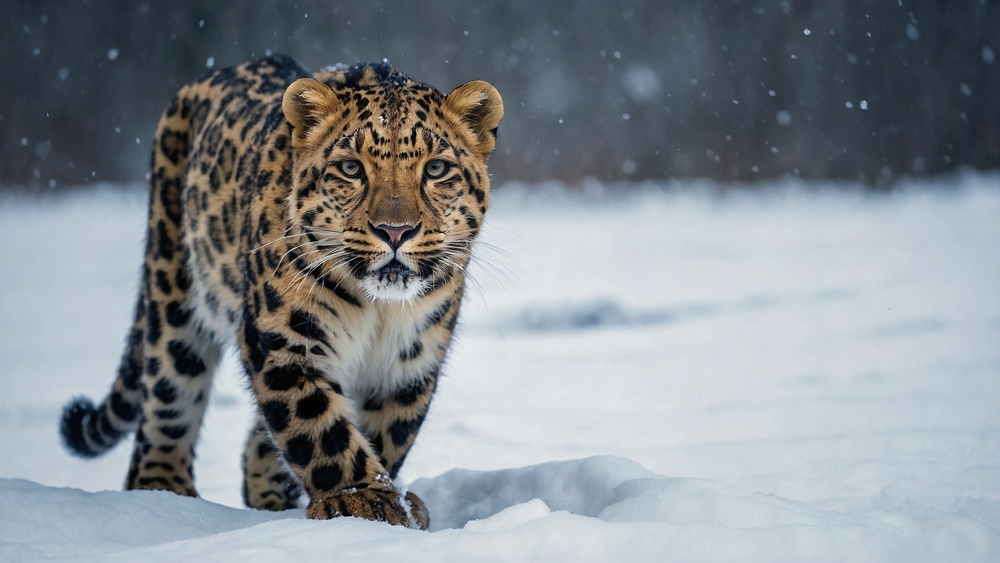
Leopards are solitary hunters, known for their stealth and strength, and are often seen as the epitome of feline grace and power. Their hunting style is marked by a patient and calculated approach, waiting for the perfect moment to strike. Occasionally, leopards engage in playful interactions with prey, which can be seen as a form of practice and enjoyment.
This behavior is especially noted in younger leopards, who use play as a critical learning tool. They practice stalking and ambushing techniques, refining their abilities with each playful encounter. These activities are not just preparation for adulthood but also a source of amusement and stimulation. For leopards, hunting is both a necessity and a game of skill and patience.
11. Sharks

Sharks are often portrayed as mindless eating machines, but their hunting methods reveal a cunning and strategic approach to capturing prey. They are apex predators, with senses finely tuned to detect the slightest movement in the water. On occasion, sharks have been observed interacting with their prey in ways that suggest playfulness.
Juvenile sharks, in particular, engage in behaviors that look like practice runs for real hunts. They may bite and release prey or chase it in a way that seems more like a game than a meal. These interactions help sharpen their hunting skills and instincts, preparing them for the competitive world of the ocean. For sharks, the hunt is a blend of survival and sport, where every encounter is a lesson.
12. Weasels
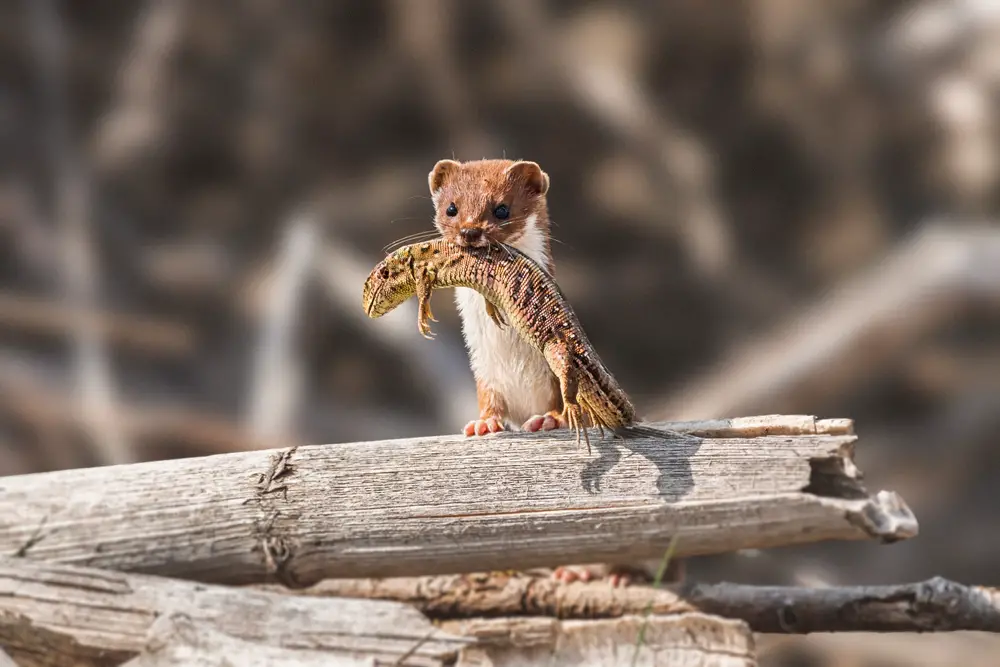
Weasels may be small, but they are formidable hunters with a reputation for being relentless. Known for their quick movements and agility, weasels often engage in hunting activities that appear both playful and predatory. This dual nature is key to their survival, allowing them to tackle prey much larger than themselves.
Young weasels are particularly playful, often seen chasing each other and engaging in mock hunts. These games are crucial for developing the skills needed to catch real prey. The line between play and practical hunting is thin, with each playful interaction serving as training. For weasels, the hunt is both a challenge and a form of entertainment.
13. Hawks
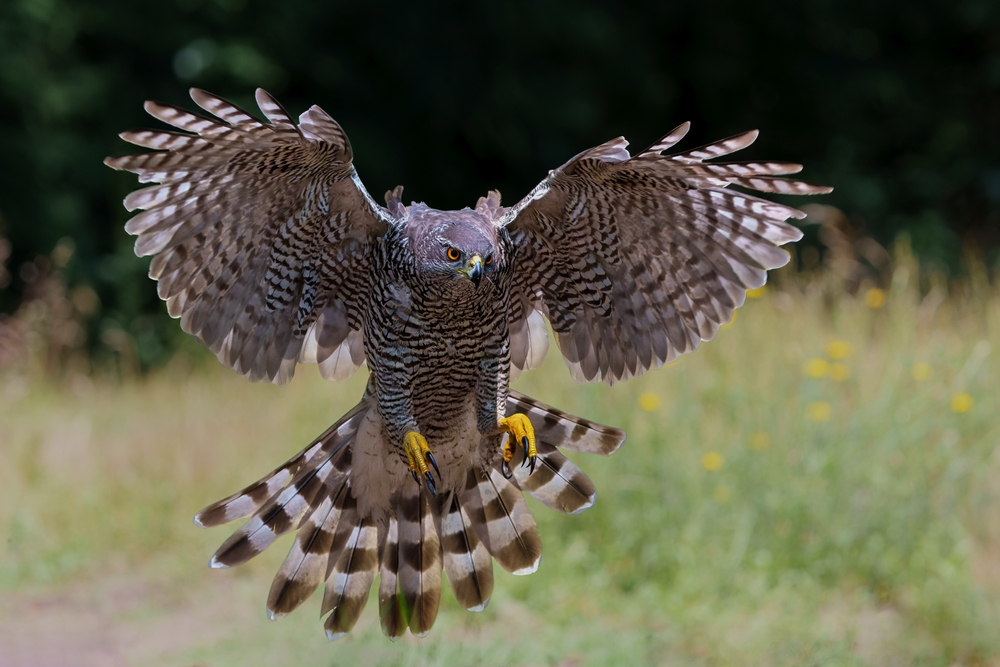
Hawks are the aerial acrobats of the animal kingdom, with a hunting style that’s both precise and powerful. Their ability to spot and capture prey from great heights is a testament to their exceptional skills. Occasionally, hawks engage in hunting behaviors that seem more about honing abilities than immediate need.
Young hawks often practice their hunting techniques through playful dives and swoops, learning the nuances of speed and control. These activities are essential for survival, yet they also showcase a love for the thrill of the hunt. For hawks, every dive is a dance of precision, where the art of hunting is both a necessity and a sport.
14. Otters
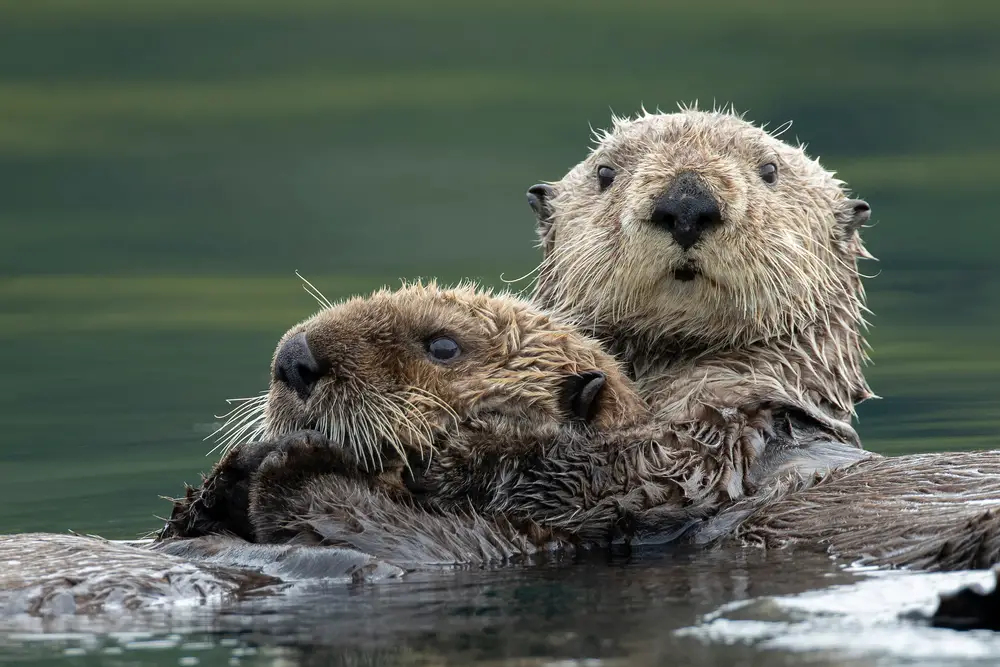
Otters are known for their playful nature, often seen frolicking in the water with an infectious zest for life. Their hunting methods are equally playful, as they catch fish with what seems like joyful exuberance. This behavior is not simply about feeding but also about engaging with their environment in a way that brings pleasure.
Young otters, in particular, are known for their playful antics, which include chasing fish and engaging in mock hunts with siblings. These playful behaviors are crucial for developing the skills needed for independent hunting. The line between play and practice is seamless, making every hunt an exercise in both pleasure and proficiency. For otters, life in the water is as much about play as it is about survival.
15. Dolphins
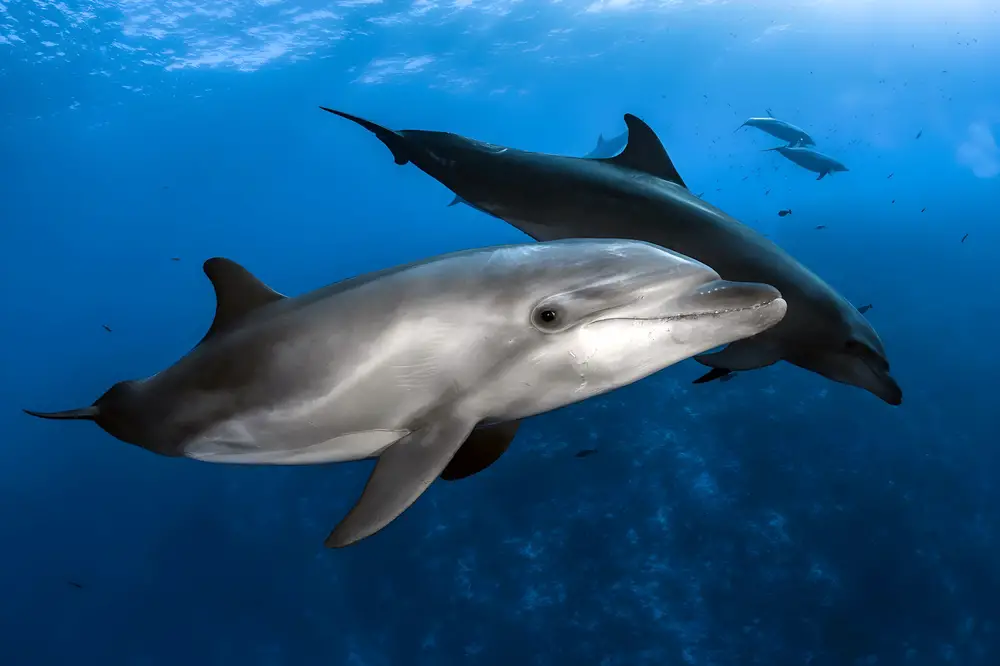
Dolphins are the brainiacs of the ocean, and they aren’t just using their smarts to hunt for survival. These aquatic acrobats sometimes engage in what’s known as “porpoising” — leaping playfully out of the water to catch fish. According to the Smithsonian Ocean Portal, dolphins have been observed playing with their prey, sometimes even tossing fish back and forth. This is not just for a meal but a demonstration of their playful and intelligent nature.
Their hunting is often a group activity, a spectacle of coordination that resembles a well-rehearsed dance. By creating bubbles and waves, they herd fish into tight shoals and then take turns feasting. It’s a communal and strategic form of sport that benefits the whole pod. For dolphins, hunting is as much about social interaction and play as it is about food.
